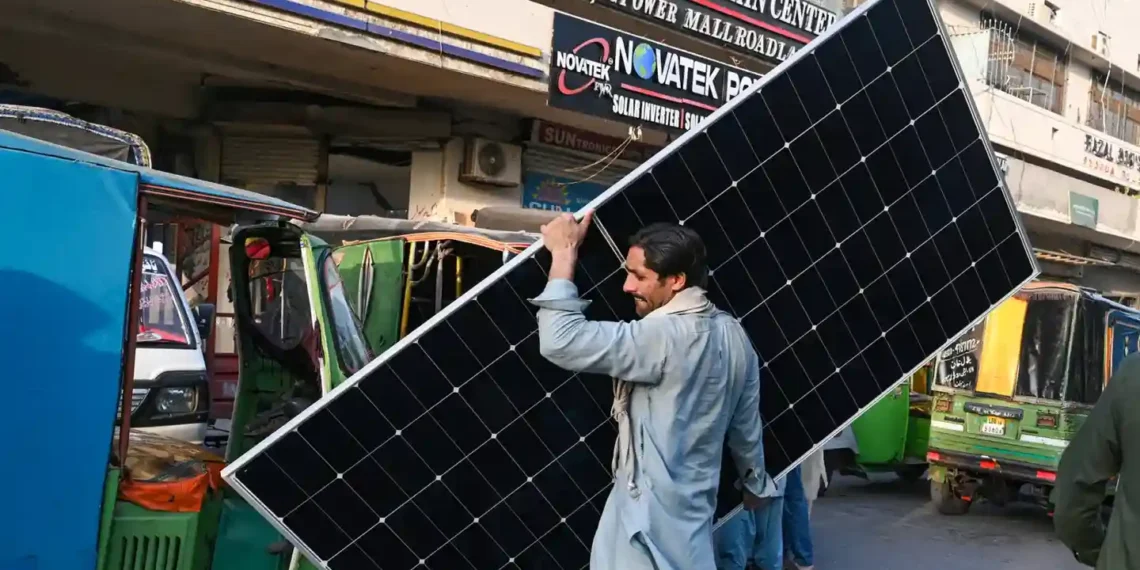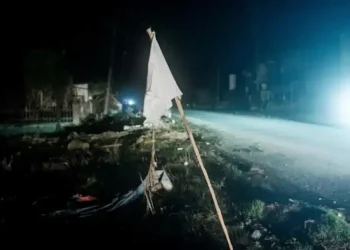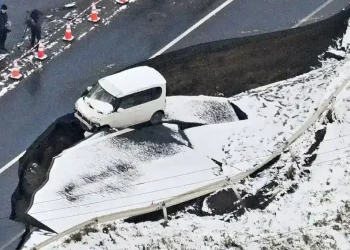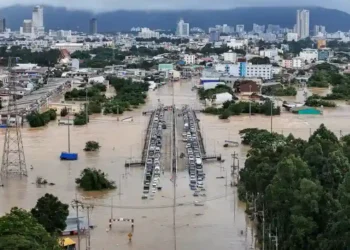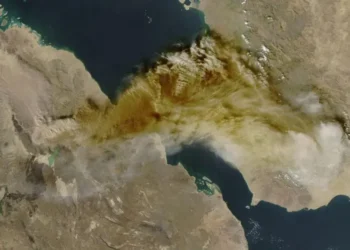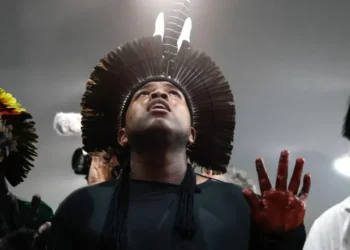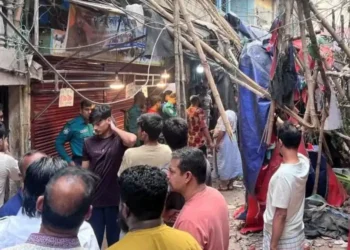How Ordinary Pakistanis Sparked One of the World’s Fastest Solar Revolutions
From the rooftops of bustling cities to the edges of remote villages, deep-blue solar panels are transforming Pakistan’s energy landscape. This isn’t a government-led initiative. It’s a people-powered movement—one of the fastest solar revolutions the world has seen.
Pakistan, a country of over 240 million people grappling with deep economic challenges, has emerged as an unlikely leader in solar energy. In 2024 alone, the country imported 17 gigawatts of solar panels—more than double the previous year—making it the world’s third-largest solar importer, according to climate think tank Ember.
But what makes Pakistan’s story remarkable isn’t just the scale—it’s the source. “This is essentially people-led and market-driven,” said Mustafa Amjad, program director at Renewables First, an Islamabad-based energy think tank. Unlike other nations where government subsidies or big solar farms have led the way, Pakistan’s solar boom is bottom-up.
A perfect storm is fueling this grassroots revolution: falling prices of Chinese-manufactured solar panels and skyrocketing electricity bills at home.
Waqas Moosa, chair of the Pakistan Solar Association, calls it a clear economic decision. “When electricity costs 155% more than it did just three years ago, people start looking for alternatives,” he said.
Decades of flawed energy policies—expensive, dollar-linked power agreements and a volatile rupee—have made electricity painfully expensive. Add to that the war in Ukraine’s impact on global gas prices and frequent blackouts across the country, and solar has become more than just an option—it’s a lifeline.
The shift is visible from space. “There are more rooftop solar panels in Pakistani cities like Islamabad, Lahore, and Karachi than you’ll see almost anywhere else in the world,” said Jenny Chase, a solar analyst at BloombergNEF.
Though the government claims credit for tax exemptions and a net metering policy that lets users sell excess power back to the grid, analysts say this boom is overwhelmingly citizen-led.
“It’s like the rise of TikTok or Instagram,” Moosa explained. “People no longer need traditional gatekeepers. With solar, Pakistanis are becoming energy producers as well as consumers.”
While wealthier families install full rooftop systems with batteries, others are finding ways to power their lives with even the simplest setups. A single solar panel can bring electricity to a village tire shop or help power irrigation pumps in rural fields.
“This is what cheap solar means,” said Chase. “It’s about giving power—literally—to people who’ve never had it before.”
As deadly heatwaves push temperatures above 120°F, solar is also helping families afford the cooling systems they desperately need to survive.
But not everything about this revolution is rosy. Analysts warn that Pakistan’s aging and expensive electricity grid may suffer what’s known as a “death spiral”—as more people go off-grid, utility revenues fall, making electricity even more costly for those left behind.
“It’s creating a divide,” said researcher Asha Amirali. “Only those who can afford solar are escaping high prices and blackouts. The poor are stuck paying more for unreliable, fossil fuel-based power.”
There’s also a lack of planning. Without serious investment in grid infrastructure and fair access to solar, the boom could eventually backfire.
Still, Pakistan’s experience holds valuable insights for other developing countries facing similar energy challenges.
“Falling solar prices make renewables the smart economic choice,” said Harjeet Singh, founding director of the Satat Sampada Climate Foundation. “But without proactive planning, it can also deepen inequalities.”
South Africa offers a cautionary tale. A similar solar surge in 2023 slowed after the government invested in stabilizing the grid. Analysts warn that solar markets can rise—and fall—quickly.
Today, Pakistan stands as a case study in people-powered energy transition. It’s a rare example of clean energy adoption led not by governments or corporations, but by individuals responding to economic survival.
“This could be a fairy tale or a cautionary tale,” said Amjad. “The world is watching.”
This article was rewritten by JournosNews.com based on verified reporting from trusted sources. The content has been independently reviewed, fact-checked, and edited for accuracy, neutrality, tone, and global readability in accordance with Google News and AdSense standards.
All opinions, quotes, or statements from contributors, experts, or sourced organizations do not necessarily reflect the views of JournosNews.com. JournosNews.com maintains full editorial independence from any external funders, sponsors, or organizations.
Stay informed with JournosNews.com — your trusted source for verified global reporting and in-depth analysis. Follow us on Google News, BlueSky, and X for real-time updates.
